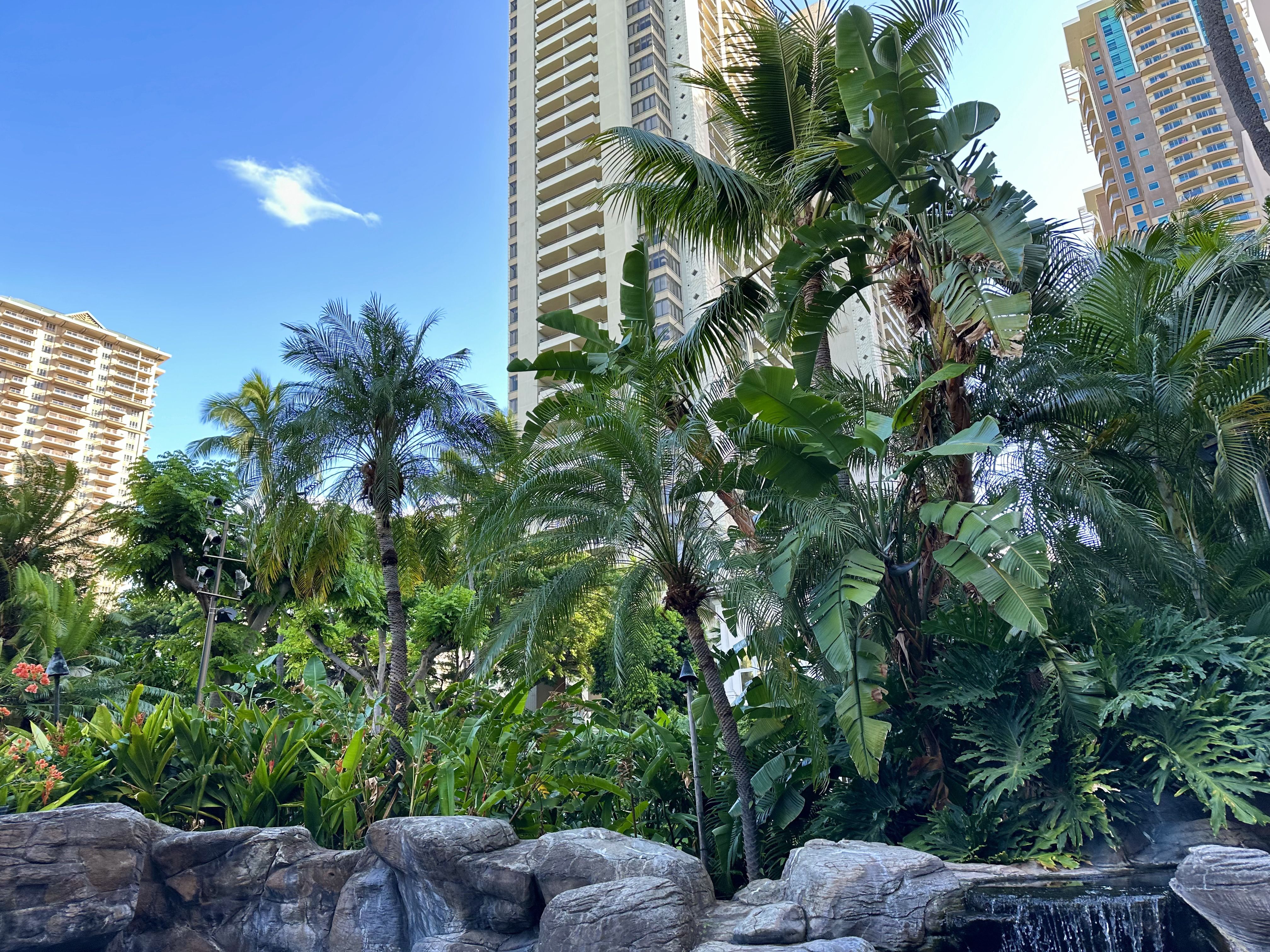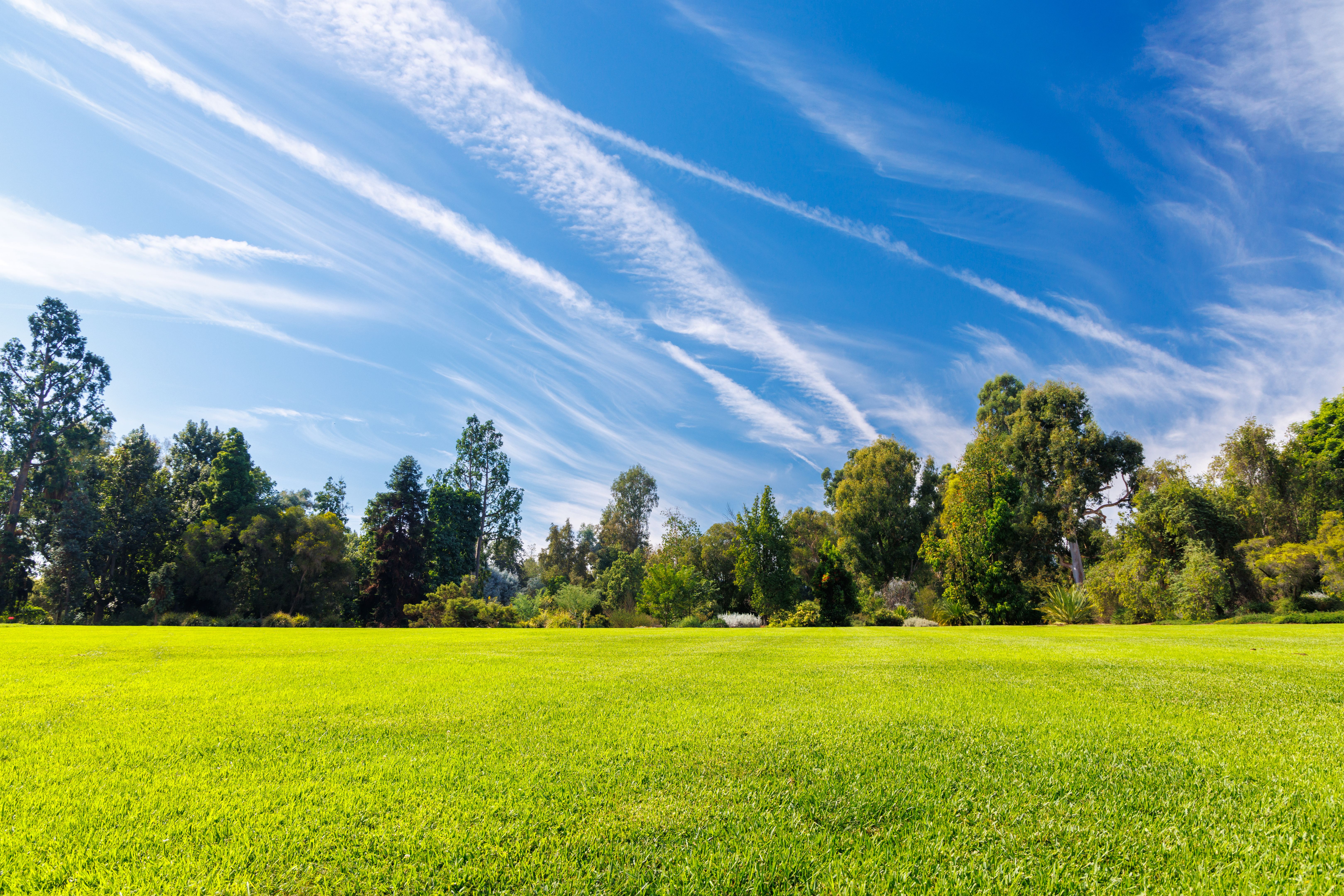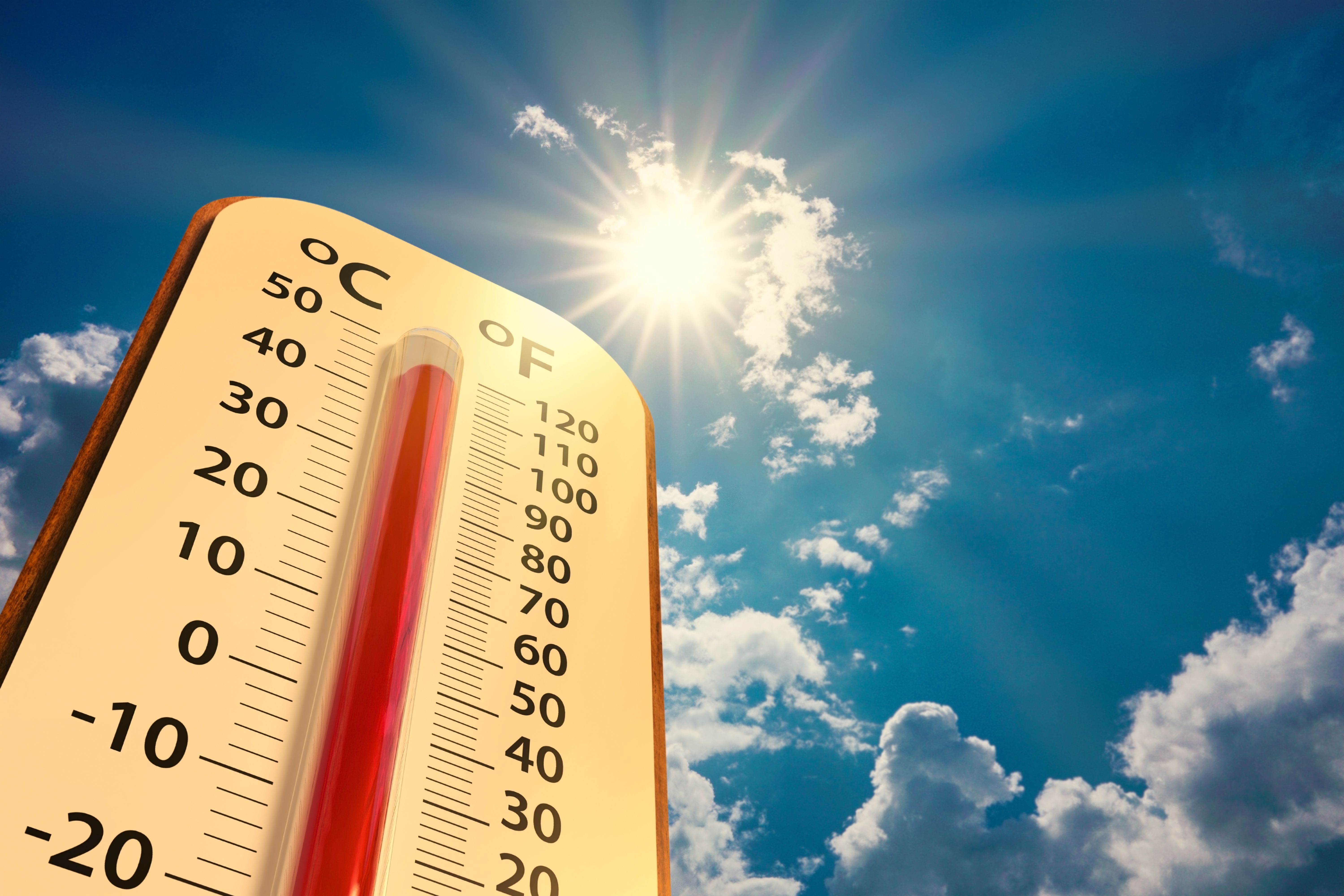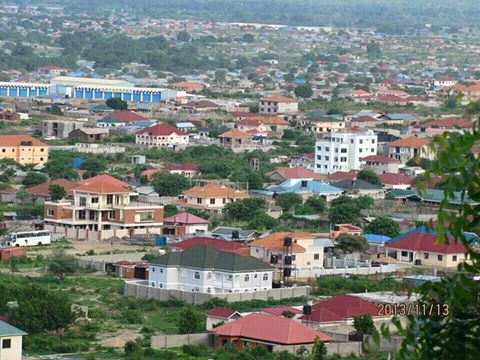Navigating Juba's Weather: Seasonal Insights and Expectations
BR
Understanding Juba's Climate
Juba, also know as the big J, the vibrant capital city of South Sudan, experiences a tropical savanna climate, characterized by distinct wet and dry seasons. Understanding the weather patterns in Juba is crucial for residents, travelers, and businesses alike. Whether you're planning a visit or setting up operations, knowing what to expect from Juba's climate will help you make informed decisions.
The city's proximity to the equator means it enjoys relatively consistent temperatures throughout the year. However, the seasonal shifts significantly impact daily life and activities. In this blog post, we'll explore Juba's weather patterns, offering insights into what you can expect during different times of the year.

Wet Season: April to October
The wet season in Juba typically runs from April to October. During this period, the city experiences heavy rainfall, often accompanied by thunderstorms. The rain is most intense between July and September, with August usually being the peak month.
The frequent downpours can lead to flooding in some parts of the city, affecting transportation and daily activities. If you plan to visit or conduct business during this season, it's advisable to prepare for possible disruptions and pack accordingly with waterproof gear.
Impact on Daily Life
For residents, the wet season demands adjustments in daily routines. Roads can become impassable, and outdoor activities might be limited. However, the rain also brings relief from the heat, providing a refreshing change to the otherwise warm climate.
Dry Season: November to March
The dry season stretches from November to March, offering a stark contrast to the wet months. This period is characterized by clear skies and minimal rainfall, making it an ideal time for outdoor activities and travel.

Advantages of the Dry Season
The dry season is when Juba's natural beauty shines brightest. With less humidity and cooler temperatures, it's a perfect time for exploring the city's cultural sites and engaging in recreational activities. Businesses also find this season favorable for logistics and operations due to more reliable transportation conditions.
Temperature Fluctuations and Humidity
While temperatures in Juba remain relatively stable throughout the year, hovering around 30°C (86°F), there are slight variations between seasons. The wet season tends to be slightly cooler due to cloud cover and rain. Conversely, the dry season sees higher temperatures during the day but cooler nights.
Humidity levels are notably higher during the wet season, contributing to a muggy atmosphere. In contrast, the dry season's lower humidity levels provide a more comfortable environment, especially for those unaccustomed to tropical climates.

Preparing for Juba's Weather
Whether you're visiting or living in Juba, preparation is key. For travelers, packing lightweight clothing made from breathable fabrics is essential. Don't forget rain gear for the wet season and sunscreen for the dry months.

Residents benefit from staying informed about weather forecasts and planning accordingly. Businesses should consider weather conditions when scheduling operations or events, ensuring minimal disruption.